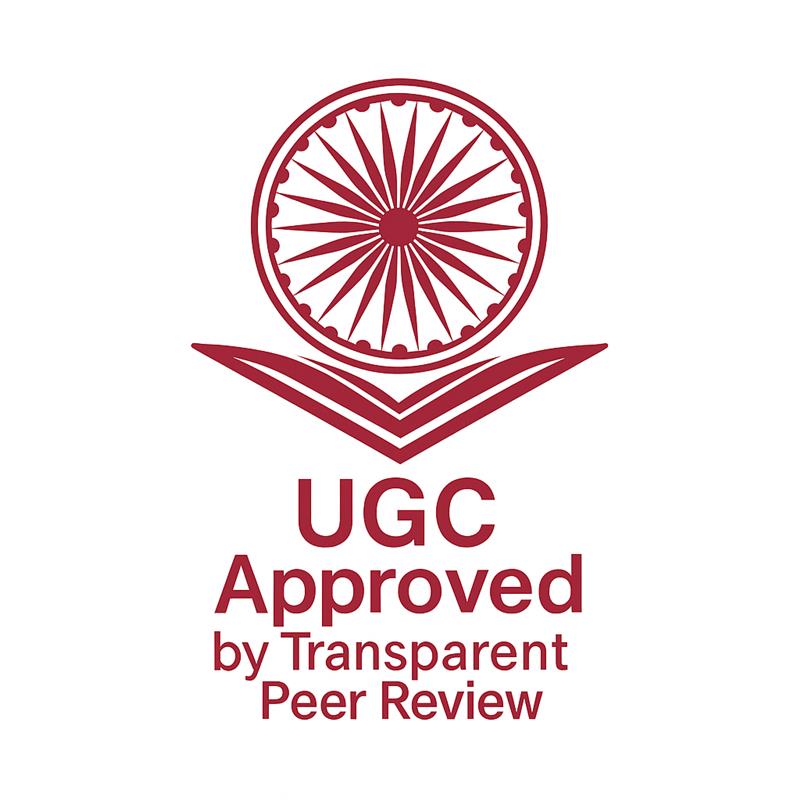Paper Title
Opus Helios - A treatise on solar incidence due to the movement of the Earth
Article Identifiers
Registration ID: IJNRD_214251
Published ID: IJNRD2402246
 : http://doi.one/10.1729/Journal.38001
: http://doi.one/10.1729/Journal.38001
Authors
Keywords
Solar Incidence; Seasonal Variation; Incident Energy; Time of Equivalent Direct Exposure
Abstract
The Sun is the driver of all energy on the surface of the Earth. Besides all forms of life, ocean currents, winds and weather systems derive their energy from the Sun. At a distance of about 149.6 million km from the Sun, the Earth receives solar radiative energy of nearly 1,361 W/m2 which remains fairly constant at the location of one astronomical unit away. However, the energy received at the surface of the Earth varies with the angle of incidence on the surface, which in turn depends on the latitude, time of day and also, the position of the earth in its orbit. It is the difference in incident energy that results in thermal and pressure gradients driving the vast magnitude of wind and ocean currents. The incident radiative power per unit area (I) is related to the Solar Constant (Io) and angle of incidence (i) as I = Io cos (i). To understand the variation of incident solar energy on the Earth, it is imperative to understand the variation of this angle (i) with time, as the Earth performs its celestial dance around the Sun. This paper is an attempt to completely describe and determine the angular position of the Sun with reference to any particular location on the Earth at any particular time. Consequently, it is possible to chart out the incident solar energy across the span of a year at various latitudes on the Earth. Using this relation, it is also possible to determine the length of a day at various times of the year at various locations on the Earth and also how the peak angle of the Sun at its Zenith with respect to any location on the Earth varies with the time of the year.
Downloads
How To Cite (APA)
Muttath Leo Franklin (February-2024). Opus Helios - A treatise on solar incidence due to the movement of the Earth. INTERNATIONAL JOURNAL OF NOVEL RESEARCH AND DEVELOPMENT, 9(2), c381-c398. http://doi.one/10.1729/Journal.38001
Issue
Volume 9 Issue 2, February-2024
Pages : c381-c398
Other Publication Details
Paper Reg. ID: IJNRD_214251
Published Paper Id: IJNRD2402246
Downloads: 000122254
Research Area: Science & Technology
Author Type: Indian Author
Country: Hyderabad, TELANGANA, India
Published Paper PDF: https://ijnrd.org/papers/IJNRD2402246.pdf
Published Paper URL: https://ijnrd.org/viewpaperforall?paper=IJNRD2402246
Crossref DOI: http://doi.one/10.1729/Journal.38001
About Publisher
Journal Name: INTERNATIONAL JOURNAL OF NOVEL RESEARCH AND DEVELOPMENT(IJNRD)
UGC CARE JOURNAL PUBLICATION | ISSN: 2456-4184 | IMPACT FACTOR: 8.76 Calculated By Google Scholar | ESTD YEAR: 2016
An International Scholarly Open Access Journal, Peer-Reviewed, Refereed Journal Impact Factor 8.76 Calculate by Google Scholar and Semantic Scholar | AI-Powered Research Tool, Multidisciplinary, Monthly, Multilanguage Journal Indexing in All Major Database & Metadata, Citation Generator
Publisher: IJNRD (IJ Publication) Janvi Wave | IJNRD.ORG | IJNRD.COM | IJPUB.ORG
Copyright & License
© 2025 — Authors hold the copyright of this article. This work is licensed under a Creative Commons Attribution 4.0 International License. and The Open Definition.
You are free to share, adapt, and redistribute the material, provided proper credit is given to the original author. 🛡️ Disclaimer: The content, data, and findings in this article are based on the authors’ research and have been peer-reviewed for academic purposes only. Readers are advised to verify all information before practical or commercial use. The journal and its editorial board are not liable for any errors, losses, or consequences arising from its use.

Publication Timeline
Article Preview: View Full Paper
Call For Paper
IJNRD is a Scholarly Open Access, Peer-Reviewed, Refereed, and UGC CARE Journal Publication with a High Impact Factor of 8.76 (calculated by Google Scholar & Semantic Scholar | AI-Powered Research Tool). It is a Multidisciplinary, Monthly, Low-Cost, and Transparent Peer Review Journal Publication that adheres to the UGC CARE 2025 Peer-Reviewed Journal Policy and aligns with Scopus Journal Publication standards to ensure the highest level of research quality and credibility.
IJNRD offers comprehensive Journal Publication Services including indexing in all major databases and metadata repositories, Digital Object Identifier (Crossref DOI) assignment for each published article with additional fees, citation generation tools, and full Open Access visibility to enhance global research reach and citation impact.
The INTERNATIONAL JOURNAL OF NOVEL RESEARCH AND DEVELOPMENT (IJNRD) aims to advance applied, theoretical, and experimental research across diverse academic and professional fields. The journal promotes global knowledge exchange among researchers, developers, academicians, engineers, and practitioners, serving as a trusted platform for innovative, peer-reviewed journal publication and scientific collaboration.
Indexing Coverage: Google Scholar, SSRN, ResearcherID-Publons, Semantic Scholar (AI-Powered Research Tool), Microsoft Academic, Academia.edu, arXiv.org, ResearchGate, CiteSeerX, ResearcherID (Thomson Reuters), Mendeley, DocStoc, ISSUU, Scribd, and many other recognized academic repositories.
How to submit the paper?
By Our website
Click Here to Submit Paper Online
You can now publish your research in IJNRD. IJNRD is a Transparent Peer-Reviewed Open Access Journal Publication (Refereed Journal), aligning with New UGC and UGC CARE recommendations.
For more details, refer to the official notice: UGC Public Notice
Submit Paper Online
Important Dates for Current issue
Paper Submission Open For: December 2025
Current Issue: Volume 10 | Issue 12 | December 2025
Impact Factor: 8.76
Last Date for Paper Submission: Till 31-Dec-2025
Notification of Review Result: Within 1-2 Days after Submitting paper.
Publication of Paper: Within 01-02 Days after Submititng documents.
Frequency: Monthly (12 issue Annually).
Journal Type: IJNRD is an International Peer-reviewed, Refereed, and Open Access Journal with Transparent Peer Review as per the new UGC CARE 2025 guidelines, offering low-cost multidisciplinary publication with Crossref DOI and global indexing.
Subject Category: Research Area
Call for Paper: More Details
Approval, Licenses and Indexing: More Details






